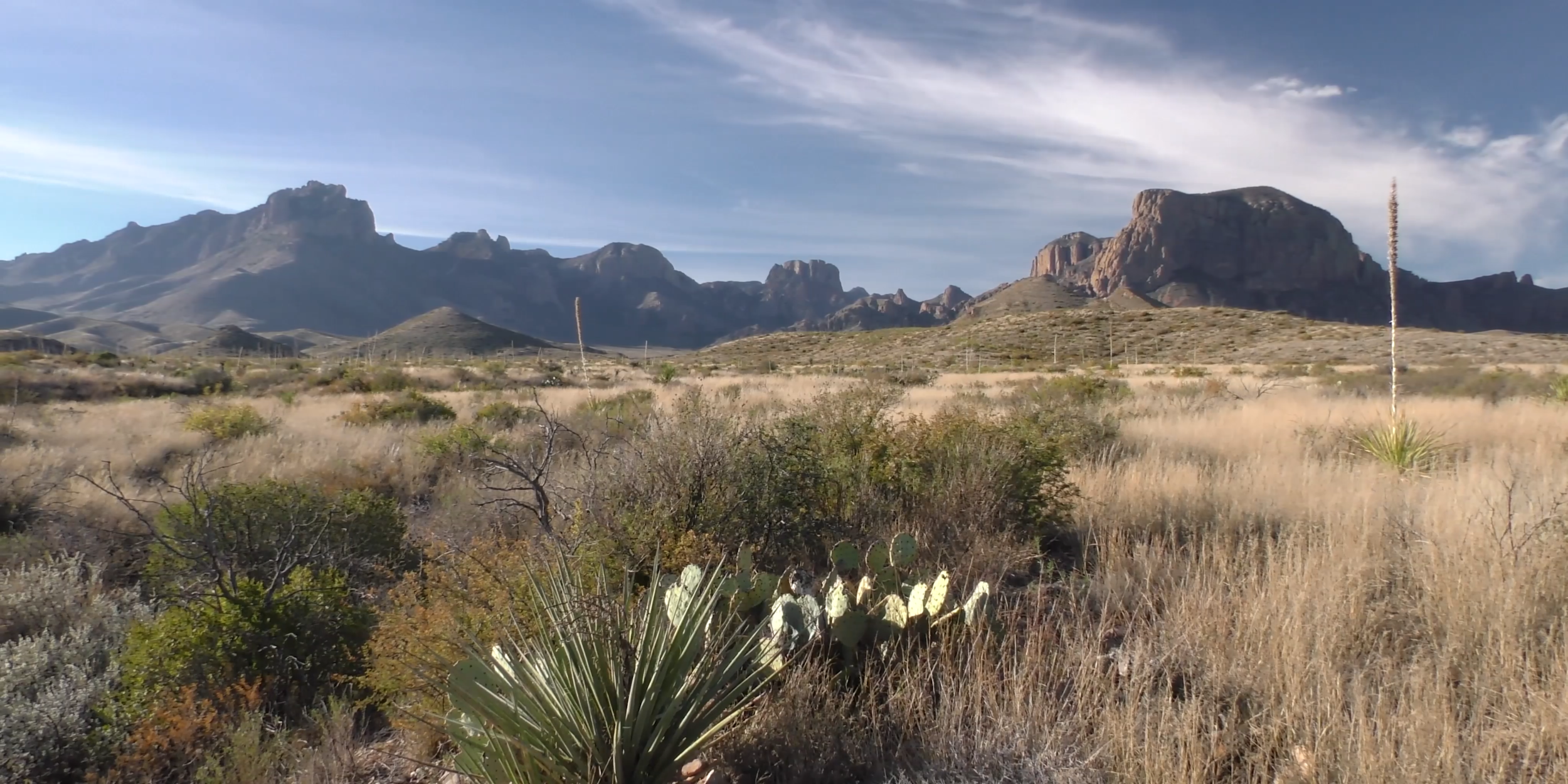
Development by Design in West Texas:
Mitigating Energy Sprawl Through Cooperative Landscape Planning
Kei Sochi, Jon Paul Pierre, Louis Harveson, Patricia Moody Harveson, David V. Iannelli,
John Karges, Billy Tarrant, Melinda Taylor, Michael H. Young and Joseph Kiesecker
May 2021
Table S4. Distribution of fine-filter species targets considered by SGCN status, global ranks, state protection status, endemism and by habitat association (data source: TXNDD).
Original data sources:
Texas Natural Diversity Database. [2019]. Element Occurrence data export. Wildlife Diversity Program of Texas Parks & Wildlife Department. [20 March 2019].
Texas Parks and Wildlife Department. 2012. Texas Conservation Action Plan 2012-2016: Overview. Editor, Wendy Connally, Texas Conservation Action Plan Coordinator. Austin, Texas.
| Order | Taxon | Species (N) | % | SGCN (n) | SGCN (%) | G1/G2 | G3 | G4/G5 | GNR/GU | SPROT (E/T) | SPROT (%) | USESA (E/T) | USESA (%) | Endemic | Endemic (%) | Forest | Grass | Shrub | Rip | Sparse | Cave | ||||||
|---|---|---|---|---|---|---|---|---|---|---|---|---|---|---|---|---|---|---|---|---|---|---|---|---|---|---|---|
| 1 | Plants | 246 | 48% | 224 | 91% | 142 | 100 | 4 | 12 | 5% | 14 | 6% | 73 | 30% | 58 | 45 | 100 | 40 | 32 | 49 | |||||||
| 2 | Mollusks | 41 | 8% | 38 | 93% | 41 | 8 | 20% | 6 | 15% | 16 | 39% | 16 | 6 | 14 | 13 | 9 | 1 | |||||||||
| 3 | Arachnids | 11 | 2% | 10 | 91% | 10 | 1 | 0 | 0% | 0 | 0% | 9 | 82% | 1 | 10 | ||||||||||||
| 4 | Crustaceans | 15 | 3% | 11 | 73% | 11 | 4 | 2 | 13% | 2 | 13% | 10 | 67% | 3 | 10 | ||||||||||||
| 5 | Insects | 54 | 10% | 43 | 80% | 27 | 2 | 2 | 23 | 0 | 0% | 0 | 0% | 12 | 22% | 4 | 17 | 17 | 17 | 11 | |||||||
| 6 | Fish | 30 | 6% | 25 | 83% | 9 | 13 | 5 | 3 | 14 | 47% | 6 | 20% | 5 | 17% | 27 | |||||||||||
| 7 | Amphibians | 2 | 0% | 1 | 50% | 1 | 1 | 0 | 0% | 0 | 0% | 1 | 50% | 1 | 1 | ||||||||||||
| 8 | Mammals | 50 | 10% | 36 | 72% | 5 | 8 | 37 | 4 | 8% | 1 | 2% | 3 | 6% | 13 | 12 | 25 | 11 | 6 | 12 | |||||||
| 9 | Reptiles | 22 | 4% | 18 | 82% | 1 | 9 | 9 | 3 | 8 | 36% | 0 | 0% | 2 | 9% | 1 | 13 | 16 | 5 | 8 | 1 | ||||||
| 10 | Birds | 45 | 9% | 14 | 31% | 3 | 5 | 36 | 1 | 11 | 24% | 4 | 9% | 0 | 0% | 9 | 28 | 23 | 14 | 2 | |||||||
| TOTALS | 516 | 420 | 81% | 249 | 138 | 94 | 35 | 59 | 11% | 33 | 6% | 131 | 25% | 102 | 121 | 195 | 131 | 69 | 83 | ||||||||
| 48% | 27% | 18% | 7% | 20% | 23% | 38% | 25% | 13% | 16% |
SGCN: Species of Greatest Conservation Need
Global Ranks (see NatureServe, https://www.natureserve.org/conservation-tools/conservation-status-assessment) which indicate imperilment of species or ecological communities.
G1: Critically Imperiled — At very high risk of extinction or elimination due to very restricted range, very few populations or occurrences, very steep declines, very severe threats, or other factors.
G2: Imperiled — At high risk of extinction or elimination due to restricted range, few populations or occurrences, steep declines, severe threats, or other factors.
G3: Vulnerable — At moderate risk of extinction or elimination due to a fairly restricted range, relatively few populations or occurrences, recent and widespread declines, threats, or other factors.
G4: Apparently Secure — At fairly low risk of extinction or elimination due to an extensive range and/or many populations or occurrences, but with possible cause for some concern as a result of local recent declines, threats, or other factors.
G5: Secure — At very low risk or extinction or elimination due to a very extensive range, abundant populations or occurrences, and little to no concern from declines or threats.
GN/GU: Unranked - Global rank not yet assessed or unrankable due to lack of information.
SPROT: Subnational (e.g., state) protection/list status where E/T = State Listed Endangered or Threatened.
USESA: Federal protection/listing status where E/T = Federally Listed Endangered or Threatened.
ENDEMIC: Native to, and restricted to, Texas.

